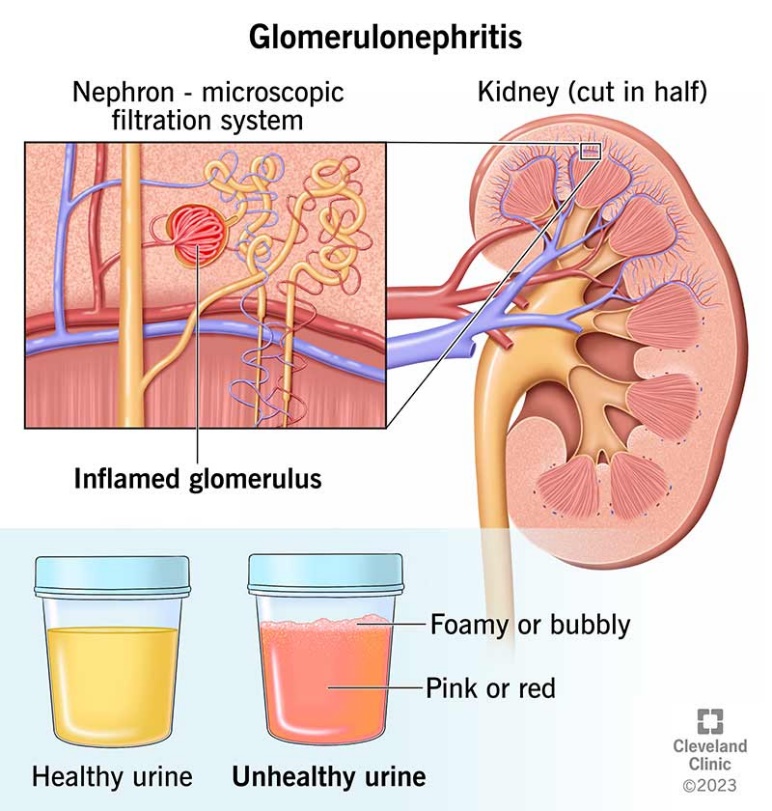A nurse is caring for a client who has just returned from the Post-Anesthesia Care Unit (PACU) with an intravenous (IV) fluid infusion and a nasogastric (NG) tube in place following abdominal surgery. Which of the following data is the priority for the nurse to assess?
The coping ability of the client
The client's bowel sounds
The patency of the NG tube
The surgical dressing
None
None
The Correct Answer is C
Choice A reason:
Assessing the coping ability of the client is important, but it is not the immediate priority following abdominal surgery. The nurse must first ensure that the client's physiological needs are met and that there are no immediate postoperative complications.
Choice B reason:
While monitoring bowel sounds can provide valuable information about the return of gastrointestinal function, it is not the most immediate concern postoperatively. The nurse should prioritize assessments that ensure the client's safety and immediate physiological stability.
Choice C reason:
Ensuring the patency of the NG tube is the priority assessment. A patent NG tube is crucial for decompressing the stomach, preventing nausea and vomiting, and reducing the risk of aspiration, which can be life-threatening. It is also essential for the removal of gastric secretions and to prevent abdominal distention, which can compromise the surgical site and lead to complications such as wound dehiscence.
Choice D reason:
Assessing the surgical dressing is important to check for signs of bleeding or infection. However, the patency of the NG tube takes precedence as it is directly related to the client's airway and breathing, which are always the top priorities in postoperative care.
Nursing Test Bank
Naxlex Comprehensive Predictor Exams
Related Questions
Correct Answer is B
Explanation
Choice A reason:
Urine specific gravity is a measure of urine concentration. The normal range is typically from 1.005 to 1.030. A specific gravity of 1.035 indicates very concentrated urine, which could be due to dehydration or other factors, but it is not specifically indicative of chronic glomerulonephritis.
Choice B reason:
Serum creatinine is a waste product from the normal breakdown of muscle tissue. Normal levels are approximately 0.6 to 1.2 mg/dL for males. A level of 7 mg/dL is significantly elevated and can indicate severe kidney dysfunction, which is consistent with chronic glomerulonephritis. This condition can lead to a decreased ability of the kidneys to filter waste, causing an accumulation of creatinine in the blood.
Choice C reason:
Creatinine clearance is a test that measures how well creatinine is removed from the blood by the kidneys. The normal range is about 95 to 120 mL/min. A clearance of 120 mL/min is within the normal range and would not typically be expected in a client with chronic glomerulonephritis, as this condition usually results in reduced kidney function.
Choice D reason:
Blood urea nitrogen (BUN) is another waste product filtered by the kidneys. Normal BUN levels are between 7 and 20 mg/dL. A BUN of 15 mg/dL is within the normal range and does not necessarily indicate kidney dysfunction from chronic glomerulonephritis.

Correct Answer is C
Explanation
Choice A reason:
Adjusting the rate of the bladder irrigant may be necessary if there is an issue with the flow or the amount of fluid, but it is not the first action to take. The nurse must first ensure that there is no mechanical obstruction causing the lack of drainage.
Choice B reason:
Irrigating the catheter could be the next step if checking the tubing does not resolve the issue. However, it is not the first action to take because if there is a kink in the tubing, irrigation will not be effective and could potentially cause harm.
Choice C reason:
The first action the nurse should take is to check the tubing for kinks because this is a common and easily correctable cause of obstruction in catheter drainage. If the tubing is kinked, straightening it may allow urine to drain properly.
Choice D reason:
Notifying the provider is important if the other interventions do not resolve the issue. However, it is not the first action to take. The nurse should first perform basic troubleshooting steps to identify and correct any simple mechanical issues with the catheter system.
Whether you are a student looking to ace your exams or a practicing nurse seeking to enhance your expertise , our nursing education contents will empower you with the confidence and competence to make a difference in the lives of patients and become a respected leader in the healthcare field.
Visit Naxlex, invest in your future and unlock endless possibilities with our unparalleled nursing education contents today
Report Wrong Answer on the Current Question
Do you disagree with the answer? If yes, what is your expected answer? Explain.
Kindly be descriptive with the issue you are facing.
